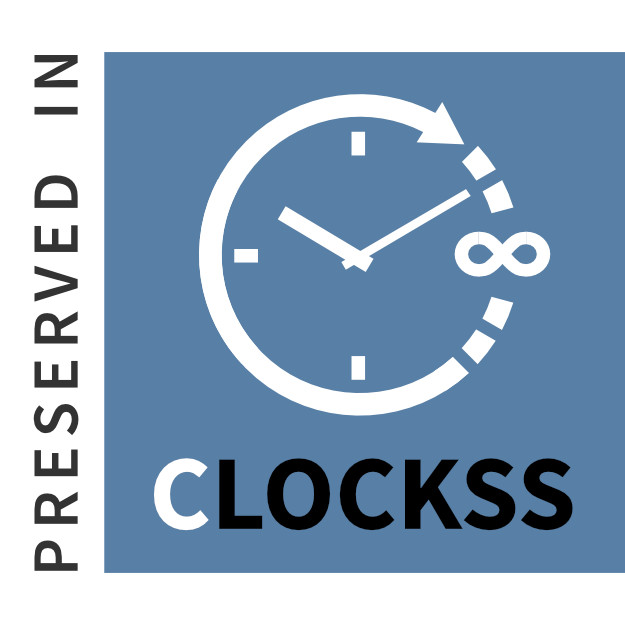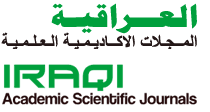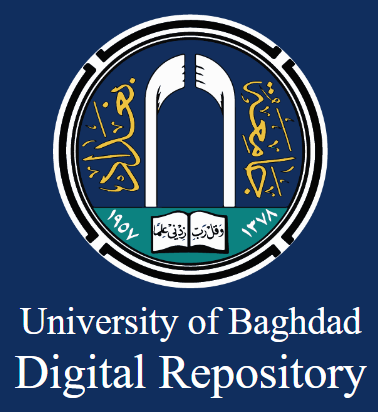The effectiveness of media in Iraqi theatre performances, the play (The Pawns) as a model
DOI:
https://doi.org/10.35560/jcofarts1648Keywords:
Effectiveness, Media, Performances, Iraqi TheaterAbstract
The digital revolution has become an inevitable reality that we live in, casting its shadow over various aspects of life. The theater has not been devoid of this influence, especially with the emergence of post-modern features with all its intellectual, philosophical and aesthetic visions. However, with the technological development in this context, theater professionals, directors and actors seek to establish effective relationships with the Internet and digital media, which has led to the emergence of many websites interested in theater. From here, the importance of linking culture, digital theater theory and the effectiveness of media emerged to establish a new theatrical thought that is launched within an intellectual, aesthetic and scientific system oriented towards the recipient. On this basis, the researcher formulated the title of his research (The Effectiveness of Media in Iraqi Theater Performances, The Play "Al-Bayadiq" as a Model)? The methodological framework presents the research problem and focuses on the following question: Did the effectiveness of media in Iraqi theater performances play an effective role in the theatrical performance system? The research aims to identify the effectiveness of media in Iraqi theater performances (Al-Bayadiq as a Model). The first section deals with the concept of media and its effectiveness. The second section deals with the functions of media in theatrical performances. The research procedures included the research community, samples, tools, and a descriptive analysis approach to the effectiveness of media in Iraqi theatrical performances, using "Al-Bayadiq" as a model. The results and conclusions were summarized, the most prominent of which are:
- The theatrical performance "Al-Bayadiq" worked to change the traditional style and differentiate it from traditional performances by employing media and its functions in the theatrical performance.
- The employment of media and its functions in the theatrical performance, as well as its effectiveness, had an impact on the audience, deepening their response to the overall atmosphere of media and its functions.
- Media and its effectiveness in the theatrical performance constituted a qualitative addition to the visions of the Iraqi director through the aesthetic and philosophical changes witnessed in the contemporary theatrical performance.
The research concluded with recommendations, proposals, and a summary of the research in English
References
Abdul Qader, S. (2019). Employing Space in Theatrical Performance. Sharjah: Arab Theatre Authority.
Alawi, B. (2018). Mediology and its Manifestations in Contemporary Theatre, A Study of Its Media. Jordan: Ibn Al-Nafis Publishing and Distribution House.
Al-Azf, N. (2003). The Limits of the Theatre. Beirut: An-Nahar Newspaper.
Al-Jaf, F. (2009, 3 10). Contemporary theatre and modern technologies. Retrieved from https://elaph.com/Web/Culture/2009/3/417199.htm.
Al-Khafaji, I. (2020). Alternative Theatrical Lighting (Digital Technology). Sharjah: Arab Theatre Authority.
Al-Mudarris, B. (2014). The dialectic of the relationship between digital technology and production to activate the aesthetic and dramatic dimension of cinematic discourse. Baghdad: University of Baghdad, College of Fine Arts, PhD thesis.
Al-Najjar, S. (2003). Journalism Technology in the Age of Digital Technology. Cairo: The Egyptian Lebanese House.
Al-Sudani, A. (2017). The Lighting System and the Change of Space in Theatrical Performance. Sharjah: Arab Theatre Authority.
Dasouki, A. (2005). Modern Media in Theatre Scenography. Cairo: Academic Notebook, Issue (12).
Ghani, A. A. (2015). Film Editing in Theatrical Performance. Sharjah: Department of Culture and Information.
Giorgi, G. (1990). Consciousness and Art. (N. Nayouf, Trans.) Kuwait: National Council for Culture, Arts and Letters.
Habib, M. (2021, 2 3). Rules of Digital Theatre, 2/3/2021. Retrieved from https://middle-east-online.com.
Habish, A.-D. (2014). Scientific Thinking and Knowledge Production. Cairo: Egyptian General Book Authority.
Ibrahim, M. (1989). The Intermediate Dictionary. Türkiye: Dar Al-Da’wa.
Jameel, A. (2004). The Use of Holograms in Scenography. Cairo: onference on Theatre, Theatrical Knowledge Exchange and the Challenges of the Global Scene.
Jameson, F. (2000). The Cultural Turn in Selected Postmodern Writings, 1983-1998. (M. Al Gendy, Trans.) Cairo: Supreme Council of Antiquities Press.
Malcolm, L. (2015, 8 18). Digital Art: An Introduction to Understanding Its Media and Showcasing Its Communicative Aesthetics. Retrieved from https://abdouhakkisite.blogspot.com/2015/08/blog-post_213.html.
Malika, L. (1976). Theatrical Decor. Cairo: Egyptian Book Organization.
Manshid, A. (2012). Theatrical Director and Performance Technology. Baghdad: Al-Ittihad Newspaper, Issue 1940.
Najib, M. (2005). Socio-Cultural Dimensions of the Digital Divide. Tunis: Dar Al-Masar Printing House.
Obeid, N. (1999). Computers for Everyone. Beirut: Arab House for Sciences.
Pavis, P. (2015). Theatrical Dictionary. (M. Khattar, Trans.) Beirut: Arab Organization for Translation.
Saliba, J. (1982). The Philosophical Dictionary. Beirut: Dar Al-Kitab Al-Lubnan.
Tikov, F. (2018). Relativity and the Nature of Time. (M. Fouad, Trans.) Cairo: National Center for Translation.
Vial, S. (2012). Being and the Screen: How the Digital Expresses and Perceives. (I. Katheer, Trans.) Manama: Bahrain Authority for Culture and Antiquities.














